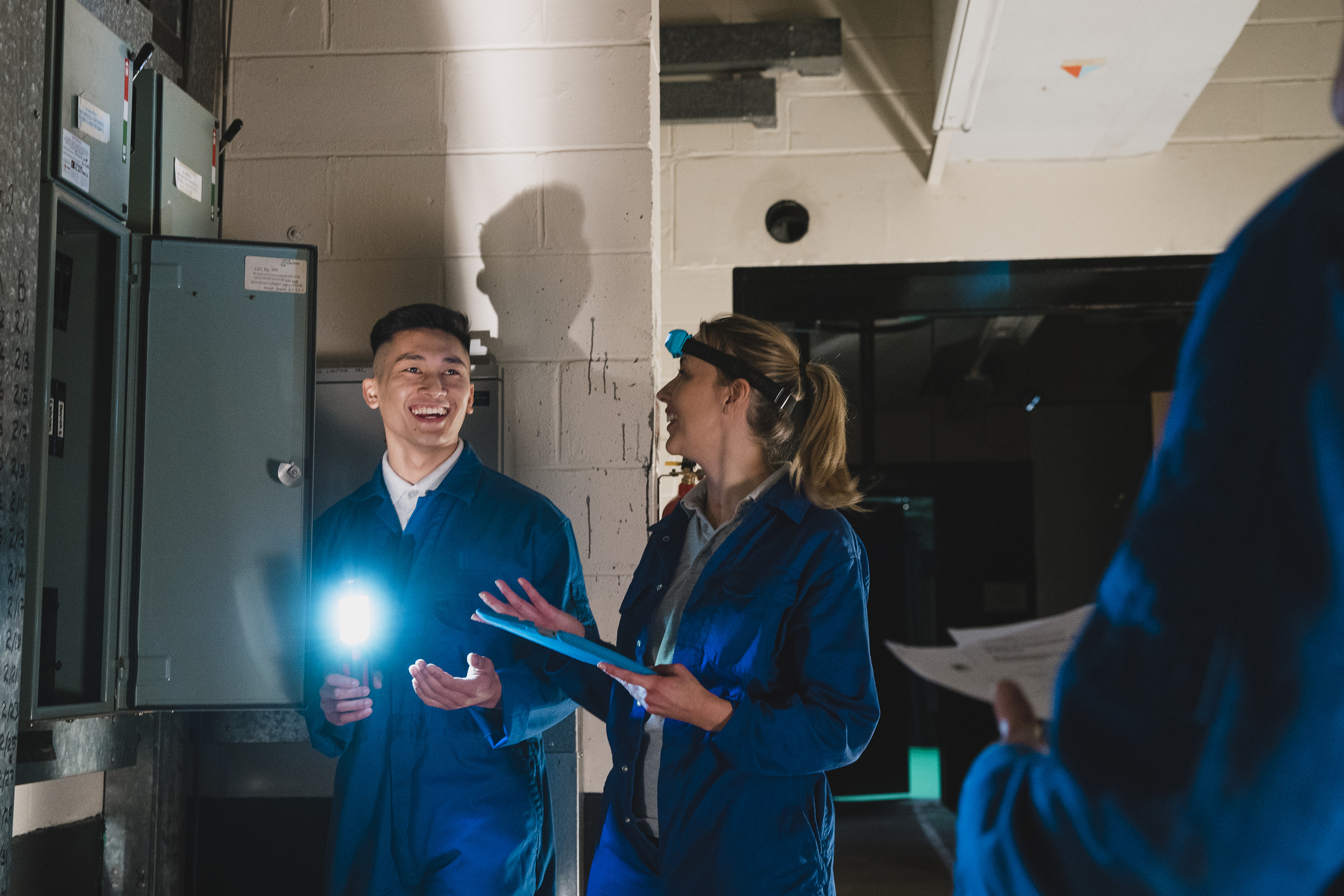Living in a block of flats? We install full-fibre infrastructure for landlords
Complete Fibre installs Full Fibre infrastructure in blocks of flats, also known as MDUs/ Multi-Dwelling Units.
Residents need digital infrastructure – the cables and wiring that enable Internet Service Providers (ISPs) to connect homes to broadband – in place before you can buy a Full Fibre broadband service.
Our single installation process enables multiple ISPs to connect and offer residents their service.
Each ISP is simply plugged into the Full Fibre infrastructure we’ve installed, without further installation work. This reduces carbon emissions, minimises disruption, and means buildings can introduce more digitally-enabled services in the future.
We support landlords to ensure all government legislation for resident buildings is met, including the Fire Safety Act 2021 and Building Safety Act 2022, and exceed industry safety and quality standards. 100% of our installations are audited.

What is full-fibre broadband?
Full Fibre broadband uses fibre optic cables. It’s the next generation of broadband internet technology, and replaces the old copper technology that is gradually being switched-off across the UK. Fibre cabling is made up of a transparent glass material, that uses pulses of light to transfer information.
Full Fibre broadband is much faster and more reliable than copper networks. This means people living in your home can do more online and use more devices without it slowing down. So, whether you want to learn, work, play, shop, watch or create, it provides a better online experience.
We work with landlords to install Complete Fibre
Complete Fibre installations are arranged by your landlord as they are responsible for the digital infrastructure (the cables and wiring that enable Internet Service Providers (ISPs) to connect homes to broadband) coming into the communal areas in blocks of flats.
We work directly with landlords on their digital infrastructure strategy, and install Complete Fibre infrastructure in buildings on the landlord’s behalf. Once is it installed, multiple ISPs can connect and offer residents their service.
If you would like to have Complete Fibre installed in your building, please reach out to your landlord who can get in touch with us directly.
